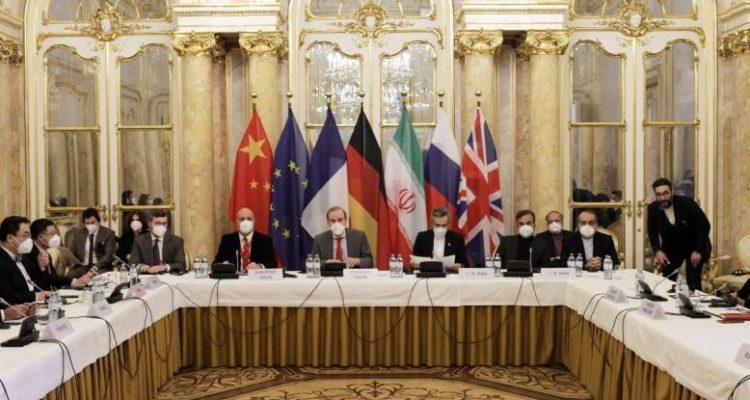The Biden administration expects a restored nuclear deal would leave Iran capable of amassing enough nuclear fuel for a bomb in significantly less than a year, a shorter time frame than the one that underpinned the 2015 agreement.
Administration officials concluded late last year that Iran’s nuclear program had advanced too far to re-create the roughly 12-month so-called breakout period of the 2015 pact.
Despite the change, the US is pushing ahead with talks. A revised deal needs to be reached soon, US officials said, to leave Washington and its allies enough time to respond to an Iranian nuclear buildup.
How limited that breakout period will be depends on the precise steps Iran agrees to take to dismantle, ship abroad, destroy or place under seal its stockpile of enriched uranium, its machines for producing nuclear fuel and its centrifuge manufacturing capacity.
Reducing the breakout time in any revised pact raises fresh doubts about the Biden administration’s ability to negotiate what US officials have called a longer, stronger deal that would further restrain Iran’s path to nuclear weapons and gain political support in Washington and among European allies.
US officials have said Washington would lift the bulk of the sanctions imposed by the Trump administration if Iran rejoined the deal. Negotiations are in Vienna about what assurances Washington will provide to help Iran enjoy the economic benefits of a restored deal.
Read the article by Laurence Norman in The Australian (from The Wall Street Journal).

